The collaboration between Formlabs and New Balance changes the rules in the world of footwear
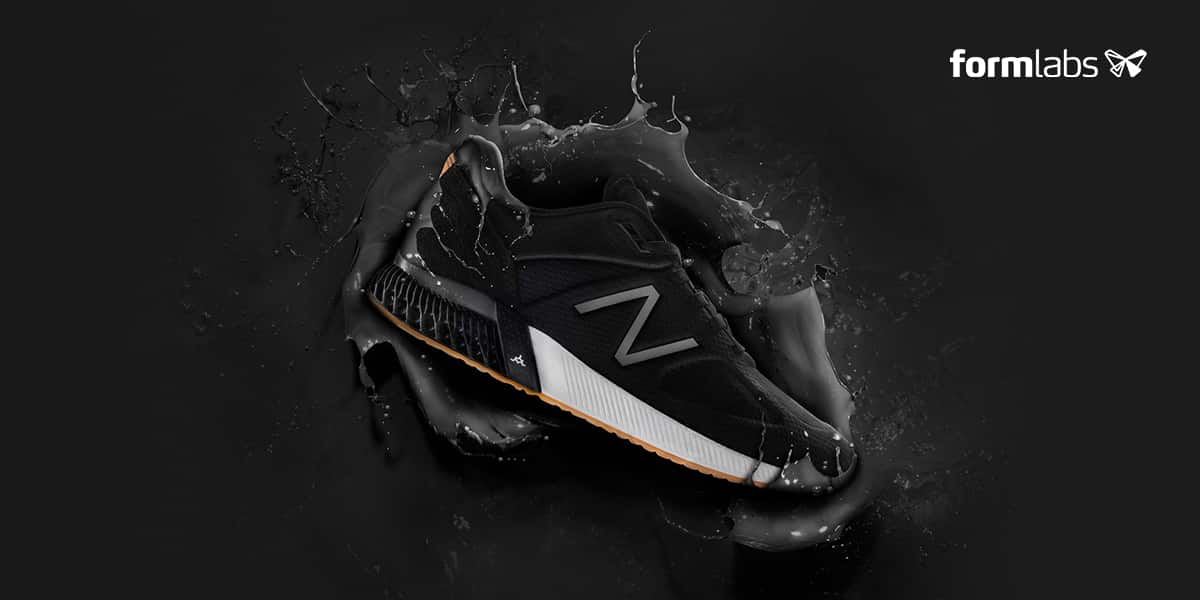
TripleCell allows you to create a new route.
Performance depends on the details. In the field of footwear manufacturing, this translates into design and materials, both of which are linked by manufacturing processes.
In 2017, New Balance partnered with Formlabs to develop a 3D printing manufacturing system opening up new opportunities for innovation on both fronts. Unlimited design freedom has created products with optimized performance, solutions at an affordable price, large-scale custom components and a new range of possible materials.
This summer, the American company takes a huge step towards achieving this vision with the announcement of TripleCell: a high-end technology platform based on Formlabs stereolithography (SLA) 3D printers and a brand new material, Rebound Resin.
Why TripleCell?
“TripleCell allows us to create a new way to use data to document every millimeter of experience underfoot. Formlabs was a full partner in bringing this project to life. We will truly be able to revolutionize the industry not only in terms of performance, but also in terms of athlete personalization and speed to market, “said Katherine Petrecca, new executive director of the Footwear Division of the Innovation Design Studio.
New Balance and the footwear market.
Shoes are inherently complex products. Footwear is a high stock, a high volume of business that often still involves a lot of manual and artisanal work. New Balance launches thousands of models a year and a single model includes hundreds of color and size combinations, with components made from different materials.
With the increase in demand for customization, the situation becomes more complicated. The modern consumer demands customized products that can be ordered from anywhere and delivered quickly.
Until now, most companies have only been able to offer highly customized products once, using 3D printing to develop and produce highly customized sports shoes for professional athletes. In 2013, the first athlete competed in a 3D printed shoe. Shortly after, we saw other news in athletics, football, baseball, etc.
SLA technology.
Simultaneously with these developments, 3D printing technology has evolved. In 2012, Formlabs introduced Form 1 to make stereolithography (SLA) powerful and reliable, accessible and scalable. Module 2 was followed in 2015, and users have printed more than 40 million pieces since then. Today, modules 3 and 3L open the door to other possibilities in the field of 3D printing, including large parts.
Today, 3D printing is evolving to make mass customization a reality for more companies. The most striking examples concern various sectors, such as the pilot project of the Gillette Razor Maker ™ platform, which was one of the first examples of 3D printed parts intended directly for the final consumer and for their use.
The freedom to design and manufacture high-performance custom products.
Most of the foam components of today’s footwear are produced by injection or compression molding, which severely limits their design possibilities. However, the shift to the use of 3D printing for prototyping and production has opened up new possibilities otherwise impossible to achieve with traditional production processes.
“What we could do so far is design the outside of the shoe and rely on the properties of this material to achieve all the performance benefits we are looking for. All we can consider as customization are foam parts that are glued or molded together, with many assembly steps on the back, ”explains Dan Dempsey, New Balance senior engineer for additive manufacturing. “Using additive manufacturing, we can essentially vary the structure of the mesh to change the properties found within a single shape, which gives us the ability to design a system from the inside out, all over the shoe volume “.
This new way of designing opens up a new level of performance possibilities. And that’s exactly what TripleCell does: a perfect match with the entire insole, allowing a high cushion area to move into a highly stable area in a single design and material.
Prototyping and manufacturing parts using 3D printing also transforms the entire product development process. Time-to-market is significantly reduced.
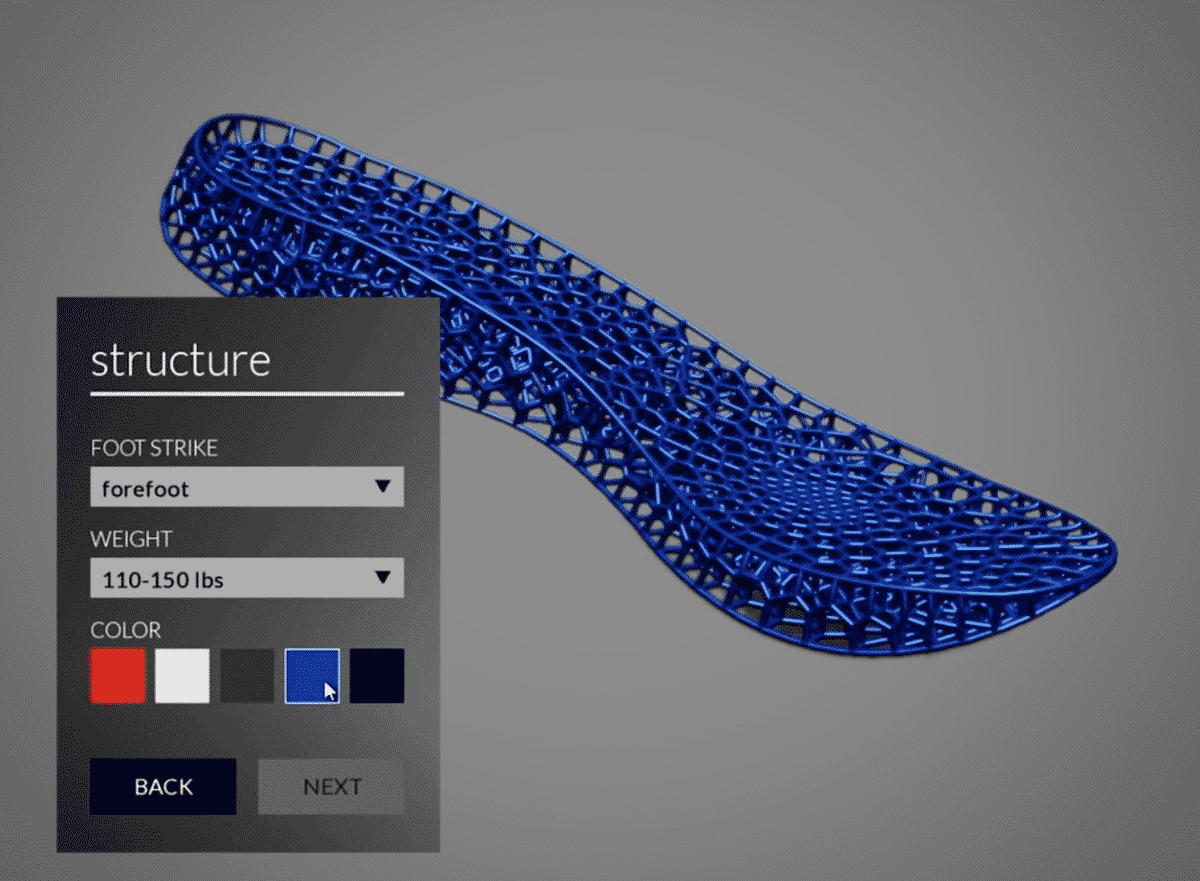
The witness
“The usual time in the life cycle of our products, from the beginning of the paper to delivery to the market, is 15-18 months. And when you build tools and expect foam or rubber parts, you have 4 to 6 weeks ”. Katherine Petrecca said. “By eliminating molds, we can save months of development time. TripleCell technology makes it easy to produce multiple designs simultaneously, reinventing the traditional iterative approach to testing. We had the ability to generate and modify thousands of options before landing on the high-performance, concentrated structures you see today. “
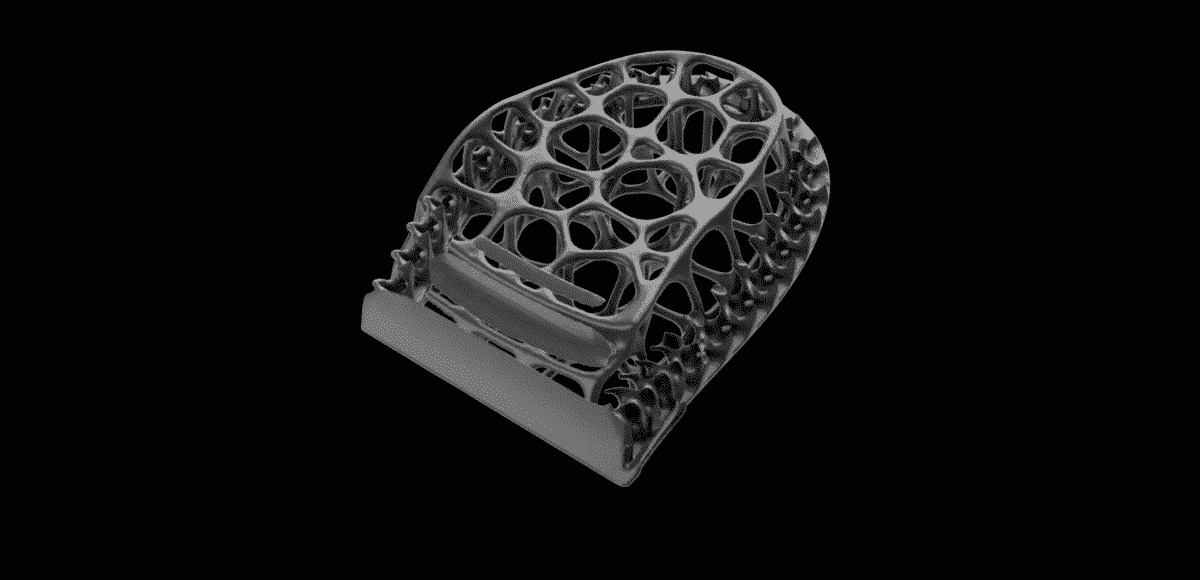
Development of the rebound resin and a seamless 3D printing manufacturing system
At the start of the project, the New Balance team realized they needed a very specific material and an excellent partner to bring the whole system to life. In 2017, the company announced a collaboration with Formlabs, bringing 3D printing technology to large-scale footwear manufacturing in Massachusetts.
Collaboration
Formlabs then worked extensively with New Balance from start to finish. From preliminary research and development to the formulation of new exploratory material. The result is a workflow that takes full advantage of 3D printing with rebound resin.
“It all begins and ends with the properties that can be obtained from what you do. You can use the fastest printer in the world or have a $ 1 million printer, but it doesn’t matter if the hardware properties can’t stand up to the application they’re intended for, ”said Mr. Dempsey.
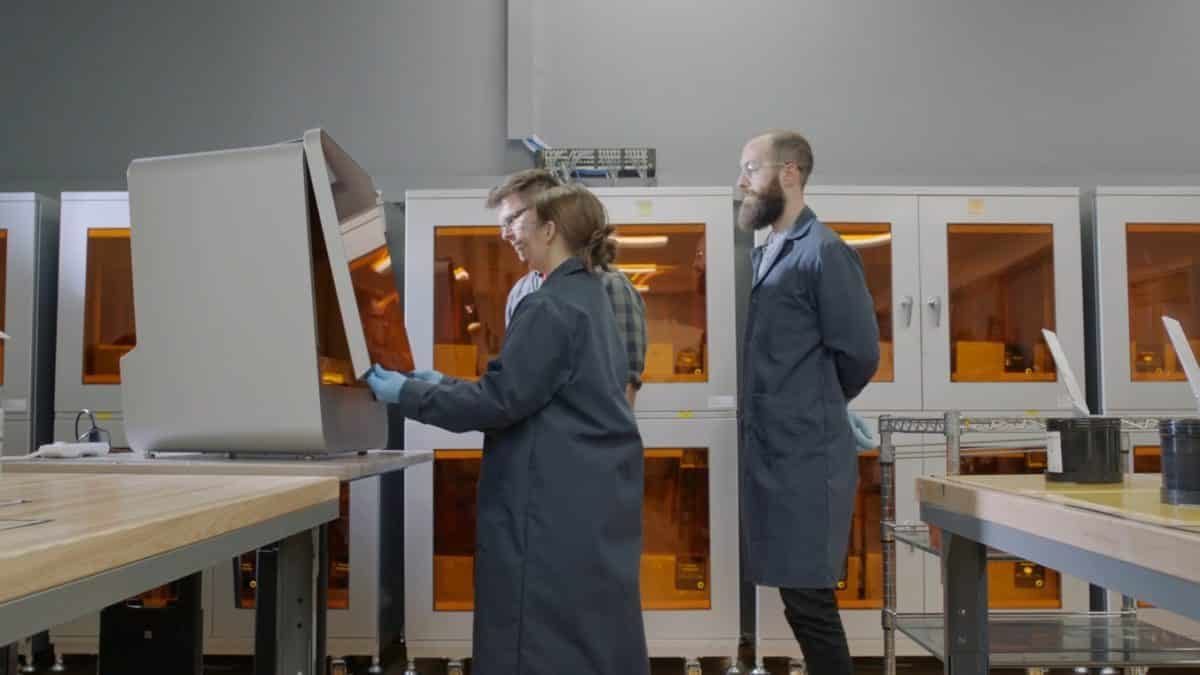
The new material: Rebound Resin
New Balance and Formlabs have developed a custom material exclusive to New Balance to withstand all necessary manufacturing and end-use applications. The result is the rebound resin.
Designed to create elastic and adaptable mesh structures, the material has far greater energy efficiency, tear resistance and elasticity than any other Formlabs SLA material.
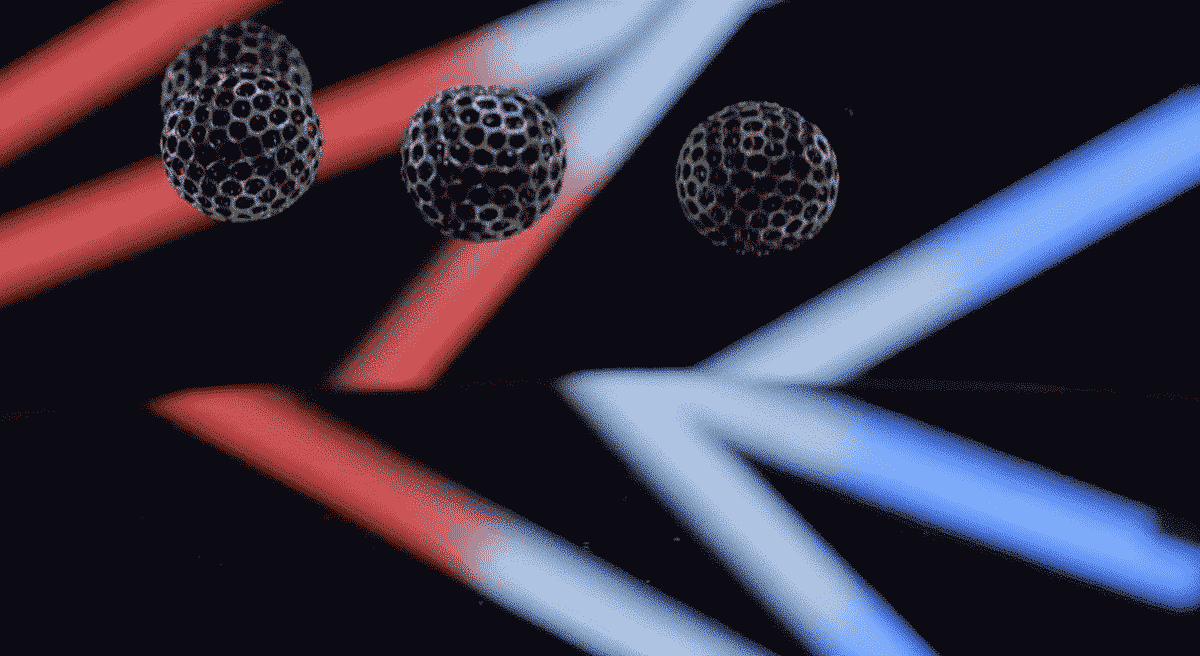
Pushing the limits of footwear design and manufacturing
The TripleCell collaboration marks another important milestone in 3D printing applications, moving from prototyping to scale production.
TripleCell provides the foundation for leveraging unique athlete data to create custom shoes in unlimited combinations and manufacture them on demand. It reduces development times and synthesizes the delivery of the concept to the consumer.
TripleCell technology is now available exclusively at New Balance factories in the United States.
“Our current situation is just a testament to the work we have done internally and the external partnership with Formlabs, which has truly moved our program forward,” said Mr. Petrecca. “We have shown that we are able to extend additive manufacturing and adapt it to the production environment. How far we go later, the sky is really the limit ”.


